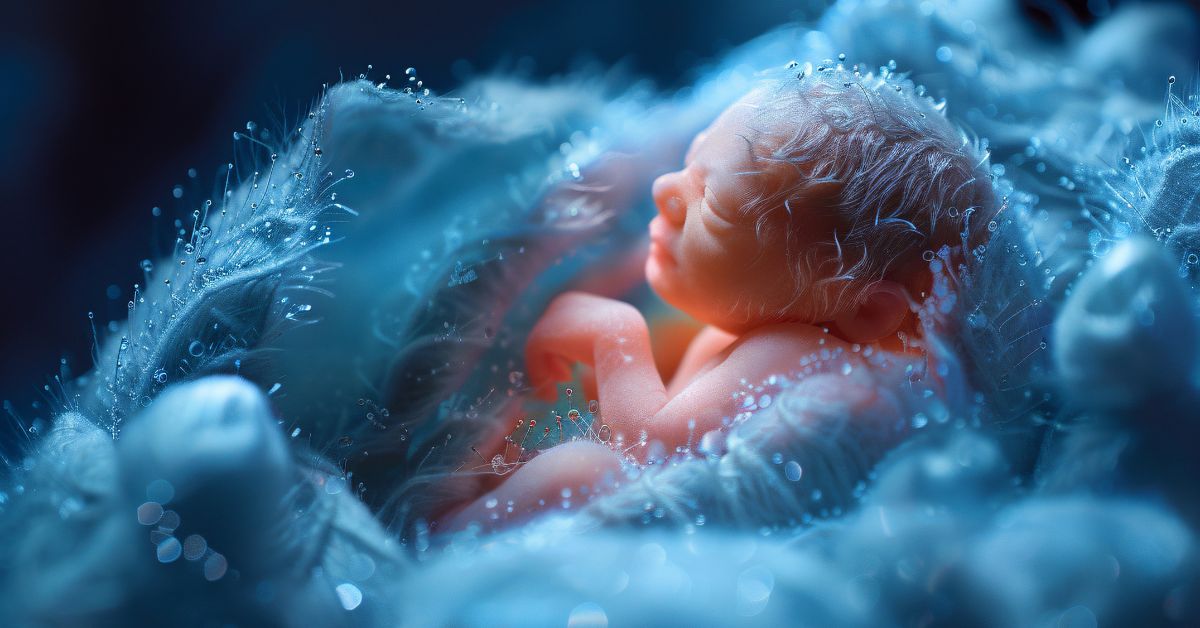
An entomologist's guide to embryo freezing
While embryo freezing (also known as cryopreservation) is primarily a subject within the fields of reproductive medicine and biology, an entomologist’s perspective can offer some unique insights into the natural principles that govern freezing and thawing in nature, as many insects have evolved sophisticated mechanisms to survive in extremely cold conditions.
Natural Cryoprotectants in Insects and Their Relevance
Insects living in cold climates often produce cryoprotectants—substances like glycerol, trehalose, and antifreeze proteins—that help protect their cells from freezing damage. These compounds lower the freezing point of water and prevent ice crystal formation, which can damage cellular structures.
Relevance to Embryo Freezing:
In embryo cryopreservation, cryoprotectants like dimethyl sulfoxide (DMSO) or ethylene glycol are used to protect embryos from freezing damage in much the same way. Understanding how insects manage to freeze and thaw could potentially lead to the development of more efficient cryoprotectants for human embryos.
Ice Formation Control
Some insects, such as the woolly bear caterpillar, can survive being frozen for months. They manage to control ice formation within their bodies by limiting ice nucleation to areas outside of cells, preventing damage to critical cellular components.
Relevance to Embryo Freezing:
The goal in embryo freezing is similar: preventing ice crystals from forming within cells, which can rupture cell membranes and damage the embryo. Embryologists use rapid freezing (vitrification) to bypass the stage where ice crystals can form.
Survival in Sub-Zero Temperatures: Lessons from Diapause
Insects often enter a state called diapause, where their metabolic processes slow down significantly, allowing them to survive in harsh environments, including freezing temperatures. This suspended animation could be likened to the suspended development of embryos during cryopreservation.
Relevance to Embryo Freezing:
Embryos are similarly placed into a state of arrested development during freezing, allowing them to be preserved for long periods. The insect model of diapause offers insights into the biological processes that allow cells and organisms to remain viable after long-term dormancy.
Thawing and Reviving: Understanding the Thawing Process
Insects that survive freezing must be thawed carefully to ensure their tissues remain intact. The pace at which they thaw, and how they handle the transition back to normal metabolic activity, is crucial to their survival.
Relevance to Embryo Thawing:
Just as thawing insects too quickly can lead to cellular damage, thawing embryos too fast can also cause issues. The controlled thawing process is critical for reviving embryos successfully, ensuring they can continue normal development once implanted.
Long-Term Storage: Natural vs. Artificial Environments
Insects that survive in cold environments have evolved to maintain cellular integrity over long winters, often over months or even years. The extreme longevity of cryopreserved embryos—some for more than a decade—echoes the long-term storage that is seen in nature.
Relevance to Embryo Freezing:
The ability of insects to maintain cellular function after long periods of cold storage mirrors the goal in embryo cryopreservation, where embryos can be stored for years and still remain viable for future use.
